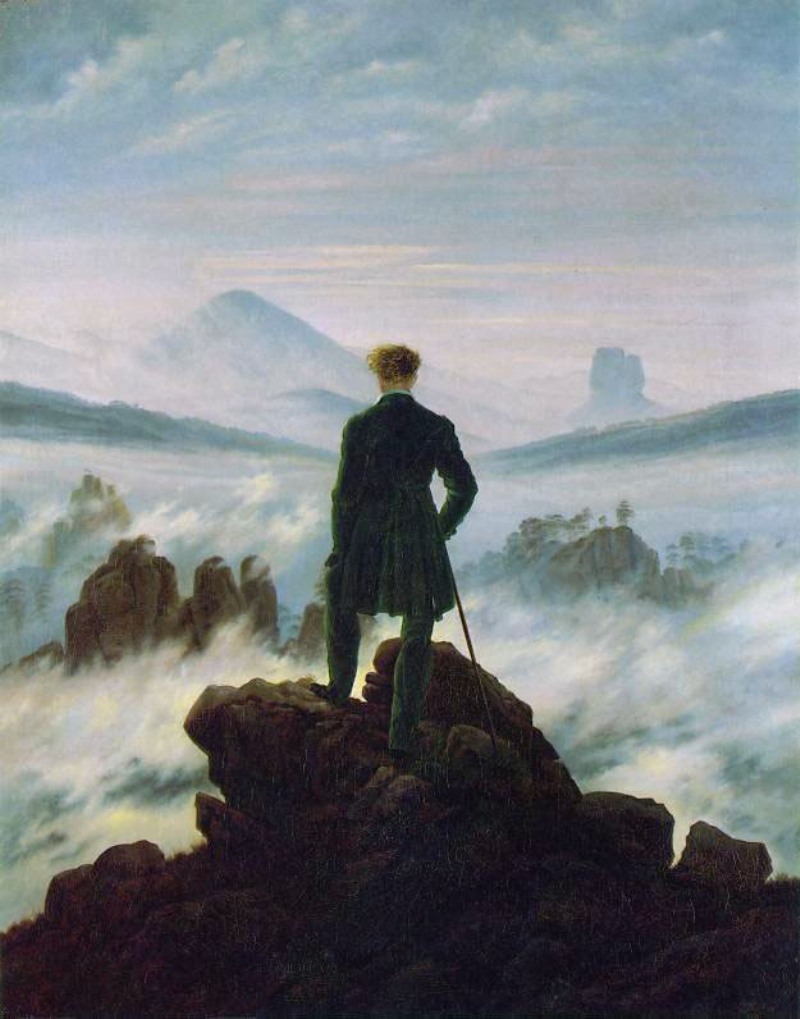German Romanticism

German Romanticism
German Romanticism was a European artistic and intellectual movement originating in the late 18th and early 19th centuries. This German movement, characterized by its emphasis on emotion and individualism, stood in contrast to the rationalism of the Enlightenment. It celebrated nature, the past, and the mystical, marking a significant departure from previous art styles focused on order and reason.
At the heart of German Romanticism was a deep yearning for the sublime, an intense experience transcending beauty. Artists like Caspar David Friedrich and Philipp Otto Runge played pivotal roles in shaping the movement. Their works often depicted nature not just as a serene refuge but also as a powerful, sometimes overwhelming force, mirroring the complex emotional states of humans. This was a stark contrast to the earlier artistic movements that prioritized symmetry and order. Museums like the Deutsches Romantik-Museum in Frankfurt showcase these masterpieces, offering a window into the soul of this era.
German Romanticism extended beyond visual arts, profoundly influencing music and literature. Composers like Ludwig van Beethoven and writers such as Johann Wolfgang von Goethe embodied the movement's spirit in their works, intertwining deep emotion with their creative genius. This movement laid the groundwork for how we perceive and engage with art today, seeking not just aesthetic pleasure but also emotional resonance.
For collectors and art aficionados, understanding and appreciating German Romanticism opens up a realm of profound artistic expression. If you're passionate about this pivotal artistic movement and want to stay informed about new product sales and auction events, sign up for our updates. Your subscription will be a gateway to exploring the depths of German Romanticism and its ongoing influence on the art world.
| Country: | Europe, Germany |
|---|---|
| Start of the period: | 1790 |
| End of the period: | 1850 |